The Ground Beneath Our Feet is the theme which introduces GroundWork’s annual artistic residency and summer exhibition programme. Taking the overall subject of Extraction for a third year, this time we opened it out to consider our immediate locality, from the physical to the more philosophical, from the aesthetic to the political.
NOW EXTENDED TO 16 DECEMBER
The resulting exhibition on both ground floor and upstairs is now open, showing the work of all 14 artists altogether: 6 were actually resident at our 3 venues; another 6 have been associates, which means they are took part in the majority of the extensive programme of walks & study tours, visits & discussions. Then there are 2 guest exhibitors: Sam Hodge and Amanda Wallwork, who have been invited to introduce aspects of the theme overall.
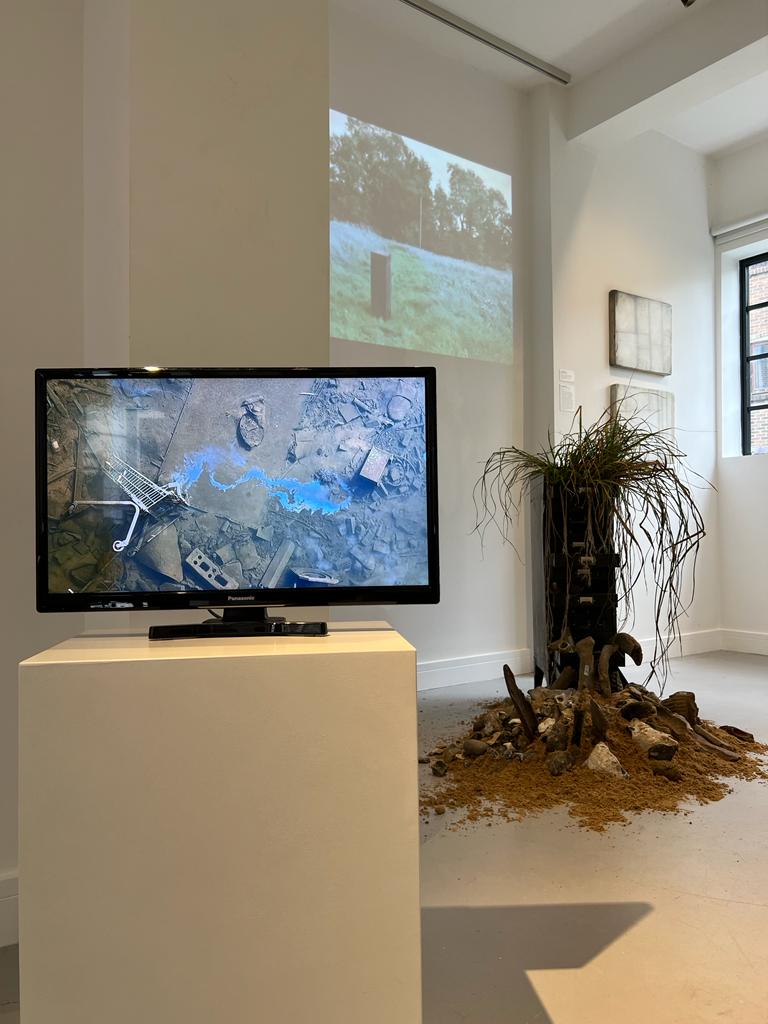
Extraction 3 The Ground Beneath Our Feet. A residency programme and exhibition
This exhibition is the result of intensive study and research by 14 artists. Over the summer we have all been busy engaging on a programme of walks, talks and discussions, finding many ways to explore the whole extended subject of The Ground Beneath Our Feet.
We didn’t require the artists to make new work as a result of the residency, but nearly all of them responded rapidly to the challenge. The result is a remarkable collection of works of art that are full of immediacy, passion, and bursting with energy and ideas. This is a gallery all about art and environment. This exhibition shows how experience of the environment combined with an inspiring range of informers, can result in art which communicates critically, sometimes directly, sometimes taking up the politics of the issues.
As one person has already written in the visitor’s book:
Exciting to see the work that has emerged: deep time and interconnection putting humans in their place… and revealing our disproportionate impact on the planet. So much food for thought…’
Thanks to….
For their informative contributions to the programme we owe grateful thanks to Norfolk Geodiversity Partnership: Tim Holt-Wilson; Norfolk Rivers Trust: Jonah Tosney, Sarah Gelpke, Ursula Juta; Norfolk Wildlife Trust: Nick Acheson; Wild Ken Hill: Harry and Kathryn Buscall; HM Harbourmaster at Wells, Robert Smith; Middleton Aggregates quarries: Peter Lemon; Gaywood River Action Group: Russell Biggs.
“The Ground Beneath our Feet”
One of the artists, Caroline Chouler-Tissier has summed up her reactions in a way which speaks for all:
The central pull of connection of all 14 of us has been such broad aspects of land and water.
We’re drawn together by a fascination with how it all comes together,
the residency like a month-long-fabulous geography lesson with wonderfully knowledgeable people leading us, along the start of something we’re only just getting a glimpse of in this exhibition.….I have collected, gathering samples of sands and clays and soils, of dried-up-puddle-earth cracked by the heat,
of literally the ground beneath our feet.
I photographed water and sand and fields and trees and insects and moss and people.Meeting with this group, sharing fragments of lives, learning from our grief and our motivation and of the stories that come with them.
Caroline Chouler-Tissier September 2023
And sharing our personal connections with The Ground Beneath Our Feet.
Most importantly we have learned from one another in the landscape.
We have swapped ideas, encouraged new directions, and questioned what has emerged. We are even more focussed on the land and the nature we rely on.
If we keep that focus… and pass it on to you, we may have spread the attachment we all need to
“The Ground Beneath Our Feet.”
Exhibiting artists
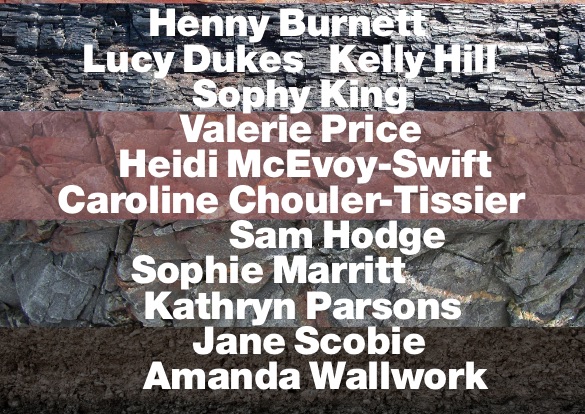
Sam Hodge
Sam Hodge was invited to exhibit alongside the residency period, as an artist who is already engaged with extraction issues in the way she considers the ground beneath our feet.
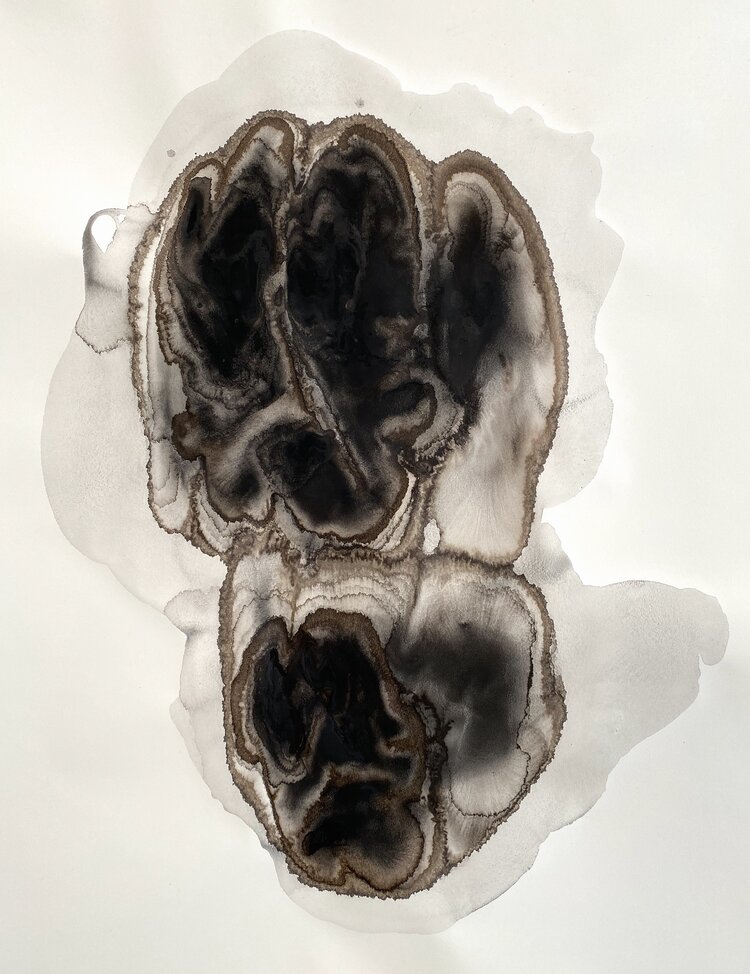
Sam Hodge is showing a body of works made from coal residues she has found on the Thames foreshore. These tell their own historical extraction story about fuel transport along the river, but also they reveal extraordinary material properties. Sam creates her own pigments from things which she encounters in her everyday life. This leads her to question the extraction artists carry out to make their work either in person or by buying materials that are the result of extraction.
She uses her print and paint processes to see what materials can do and what tales they tell. By focusing on transformations in matter over time she explores human entanglement with the material world and reactions to its shifting and unstable nature.
As an associate Sam is interested in learning more about the ochres in Norfolk and the destination of materials extracted from Norfolk.
Amanda Wallwork
Amanda Wallwork’s long dedication to observation of her local earths and the renowned geology of the Jurassic Coast of Dorset made her an obvious person to set the scene for The Ground Beneath Our Feet. Her remarkable paintings recording up to 180 million years of the earth’s composition are central to the exhibition, as is her artist’s museum collection of pigments from earth.
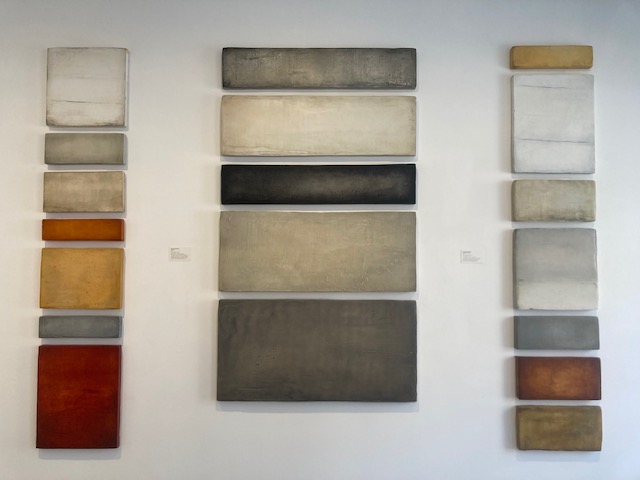
Amanda Wallwork is an artist and curator based in Dorset. Her work is an ongoing enquiry into landscape – a quest for an understanding of what lies beyond the aesthetic. Informed by archaeology, geology and earth sciences, Amanda examines underlying factors that determine how our land has been used and shaped. Further questioning how we move through it, the impact we have and the traces we leave behind.
Walking is an essential part of her process, as a means of research and investigation. As well as the acts of immersions, extractions and abstraction. Her recent works go below ground exploring the geology beneath, referencing ‘deep time’.
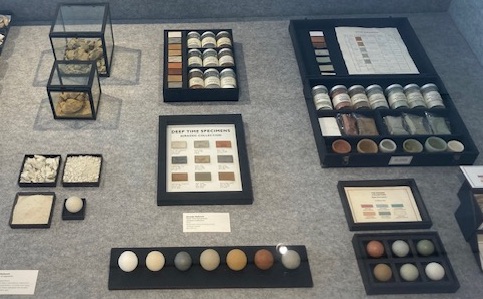
Lucy Dukes (In residence at GroundWork, 17 – 30 July)
Lucy Dukes was selected for the prestigious University of the Arts, London’s Art for the Environment Residency at GroundWork. She has a background in art and science and has an abiding interest in biodiversity and especially in the co-dependency of species. She intends to make a special study of mosses, examining them both in the urban and rural environment.
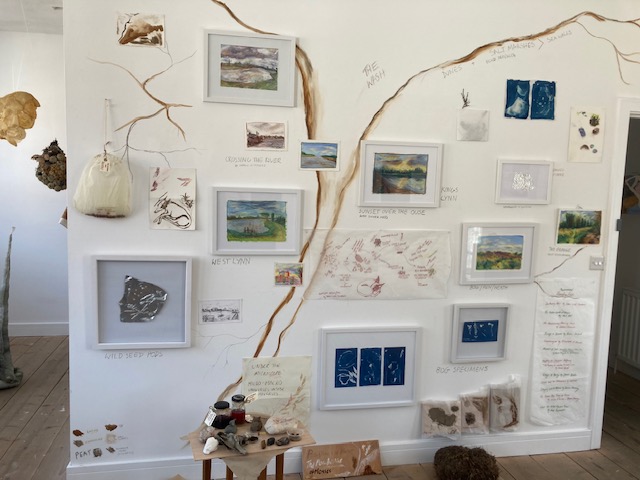
Over 400 million years old, mosses have survived many apocalypses and could be our greatest teachers if only we were able to listen. This very act of waiting, listening, and learning from moss transgresses the current boundaries between humans and other-than-humans. In this vein, I co-created a series of moss-workshops, exploring the rhizomatic relations of Earth and equity. I would like to develop this in close connection with the land at Groundwork.
Lucy Dukes
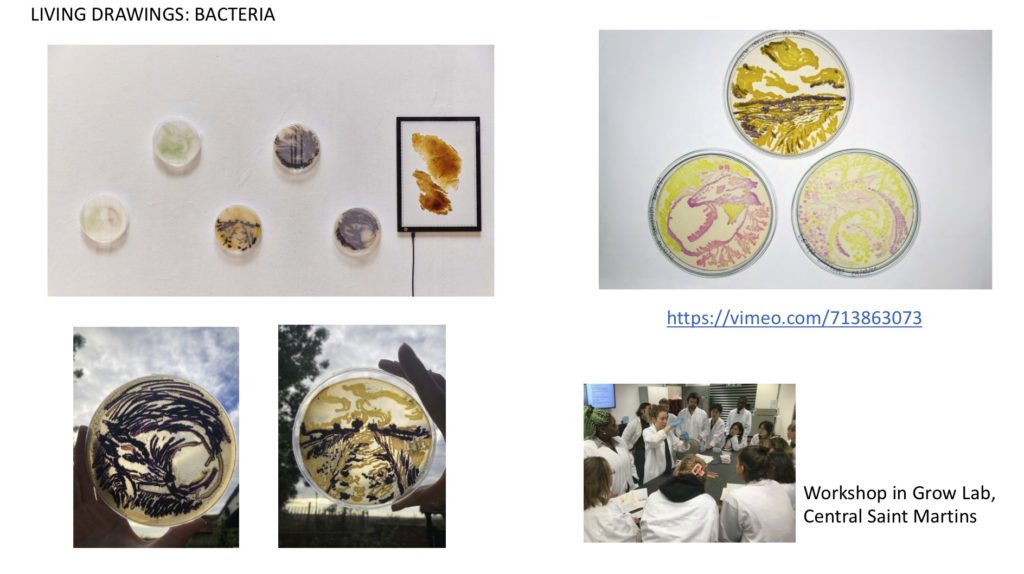
Valerie Price ( in residence at GroundWork, 31 July – 11 August)
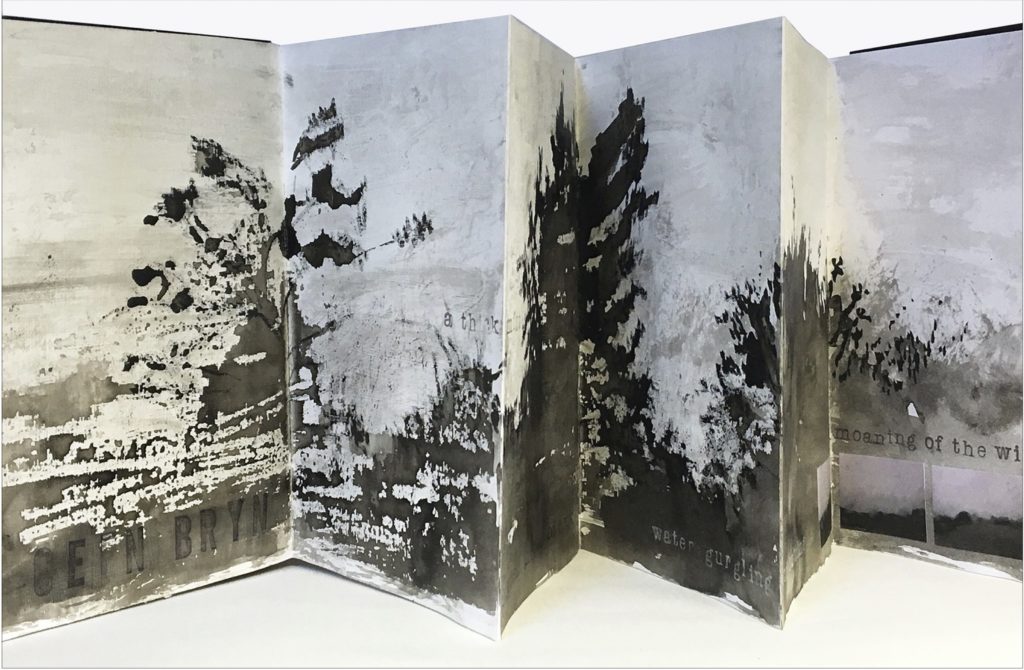
Valerie Price is an artist whose work deals with issues around environment, language and cultural identity. Using archeology and visual media Valerie traces fragments of memory and history to bind together art and environment, linking individuals and disseminating ideas.
During her residency she aimed to explore liminal ways of traversing landscape. Looking at the relationship between landscape, its archaeology and its inhabitants. This residency will lead to a series of works referencing riverine and littoral landscapes. Connecting us to the invisible world of currents, winds, ideas and language.
Valerie has an MA in Contemporary Art and Archaeology. She is a member of the walking collective ‘Walking the Land’.
Kelly Hill (in residence at GroundWork 7 – 25 August)
Kelly Hill is a photographer, curator and artist, and co-founder of Culture Declares Emergency. Using the medium of photography, drawing, walking, making and installation, Kelly investigates what it is to be a part of nature, and how one establishes a reciprocal relationship with it. Examining how it has shifted-metaphorically, politically, and climatically.
Kelly studied Theatre at Warwick University, Photography at Central Saint Martins and has an MA in Photography from London College of Communications.
During her GroundWork Residency Kelly intended to make a comparative study, exploring the landscape connections between Norfolk and Andalucía, Spain, where she was in residence in 2022. Considering both loss and possible gains through regeneration and restoration.
The chalk river
Radical action is needed to better protect our chalk streams and ensure these ecosystems remain worthy of their iconic status.
Kelly Hill
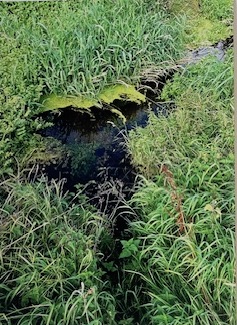
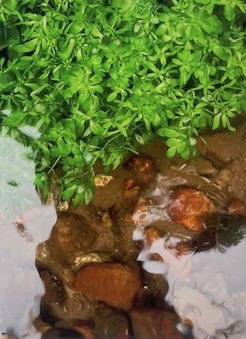
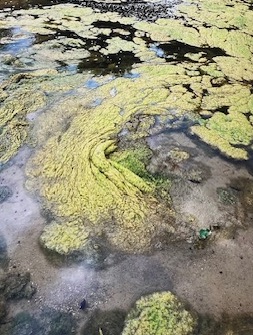
Kelly became captivated by chalk and made a series of works called Creta exploring the beauties and threats to the very fragile chalk rivers of Norfolk. She was informed by the walks we did in chalky landscapes and quarries, but most of all by a walk along the Gaywood River in King’s Lynn, informed by its champion, local environmental activist, Russell Biggs.
During my residency I have spent days attempting to follow the Nar, Gay & Bawsey from the centre of town out to the countryside. I was shocked to discover how undervalued these unique waterways were in the town and was determined to discover more.
Kelly Hill
Many chalk aquifers – the source of chalk streams – are sadly polluted by nitrogen and phosphorus from fertilisers spread on farmland. The seemingly clear waters of chalk streams are often tainted with invisible contaminants as a result. As they flow downstream, water running off urban and rural areas bring pollutants, including fine sediments, pesticides and sewage.
The natural courses taken by many chalk streams have been straightened, dredged, rerouted and rebranded as ‘drains’ to make space for agricultural, urban and industrial land uses. The rivers dwindle as water companies cynically extract water from streams and aquifers.
These negative effects are compounded by climate change. As a result, the Environment Agency reports that not one of England’s rivers – chalk or otherwise – is in good overall health. The contrast between a thriving chalk stream and a denuded one is stark. We need to value these mercurial sources of pure water that are life giving and regenerative.
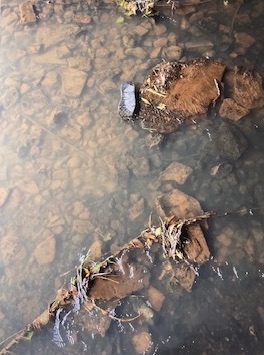
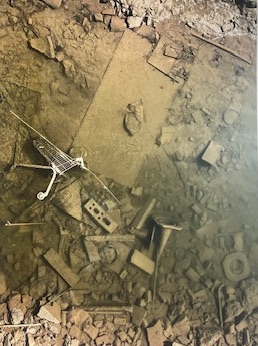
Henny Burnett (In residence at GroundWork 14 – 18 August & The Grange 19-25 August)
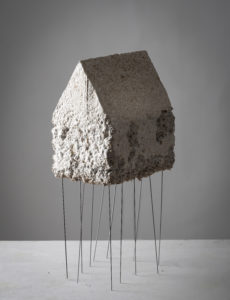
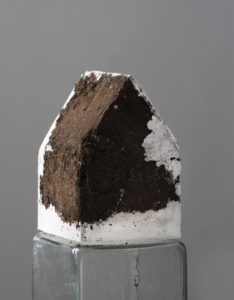
Henny Burnett’s practice deals with concepts of belonging, displacement, environment and inheritance. Casting miniature houses in a range of materials, often earth based and temporary. Henny unpicks questions about the materials she engages with and their environmental impact.
During her residency Henny investigated the correlation between landscape, local geology and its architectural history. With a particular focus on the use of extracted building materials past, present and future in the King’s Lynn area. She responded particularly to collections at the Sedgwick Museum. Henny has BA Hons (1st), Design, Edinburgh College of Art and a Postgraduate Diploma, Tapestry/Printmaking (Commended), Edinburgh College of Art.
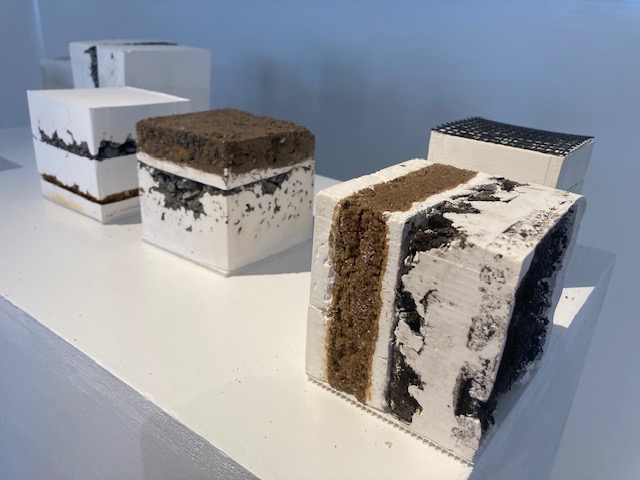
Most influential was a visit to the John Watson collection of building materials at the Sedgwick museum. Here are displayed samples of building materials, extracted from quarries worldwide, and cut into unified blocks. I also gathered my own sample materials from quarries near Kings Lynn (Castle Acre chalk quarry and Middleton Aggregates).
Henny Burnett
The collected materials have been stacked into precarious layers, the order purposely confused creating faux geological cross sections. These reference both sedimentary rock layers and architectural models. All are precariously and vainly held together by plaster (chalk
Sophy King (In residence at The Grange Projects, 7 – 18 August)
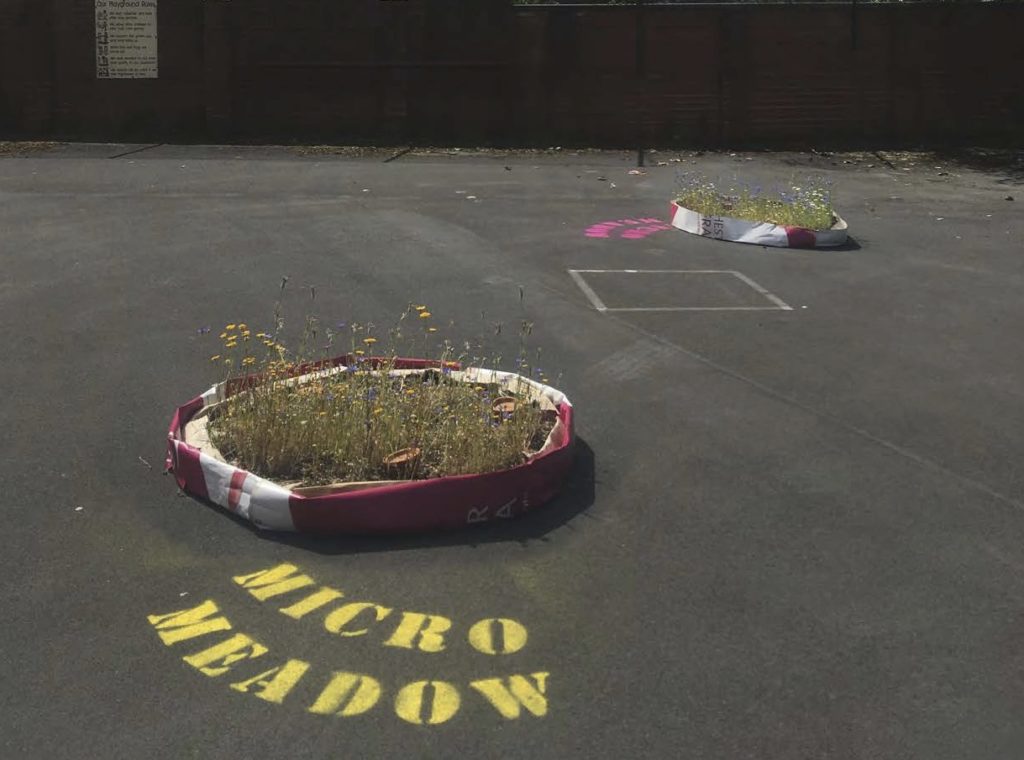
Sophy King is a multidisciplinary environmental artist, investigating the nature-culture continuum through an examination of and immersion in place. Working with natural and man-made materials, she examines our experience of the world with a pared-down aesthetic.
During her residency Sophy will be guided by a curiosity of what happens when extraction ends, how natural systems reclaim spaces, and what we can do to lead or encourage that reclamation. This will involve walking the landscape, and collaboratively working with those in a multitude of disciplines. Exposing the nature of our relationship with the environment through a social, economic, and ecological context.
Sophy studied MA Fine Art (Distinction), Manchester School of Art. She is currently part of Para-lab and the SPARK Artist’s Network.
Heidi McEvoy Swift (In residence at Broomhill, Reepham, 7 – 19 August)
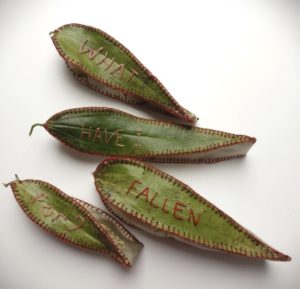
Heidi McEvoy-Swift is an artist and educator using stitch, textile and language to comment on ideas of identity, legacy and worth. Her work showcases the connections textiles have to the land, to nature, and to human development. She works directly into her environment. Centering creation, rather than production.
Heidi will be exploring contemporary society’s sense of loss through local archaeological finds to uncover the ancient societies who once walked, lived and crafted the fens and marshlands of East Anglia. Especially artefacts preserved by peat.
Heidi is currently studying MA Historical Costume.
Residency Associates
We had very many great applicants for the residency programme as a whole and were able to include a number of locally based artists as part of the whole programme.
Caroline Chouler-Tissier
Caroline Chouler-Tissier is an artist and maker, responding to tensions between humans and their environments. Her current experimental practice relies on materials extracted from the earth.
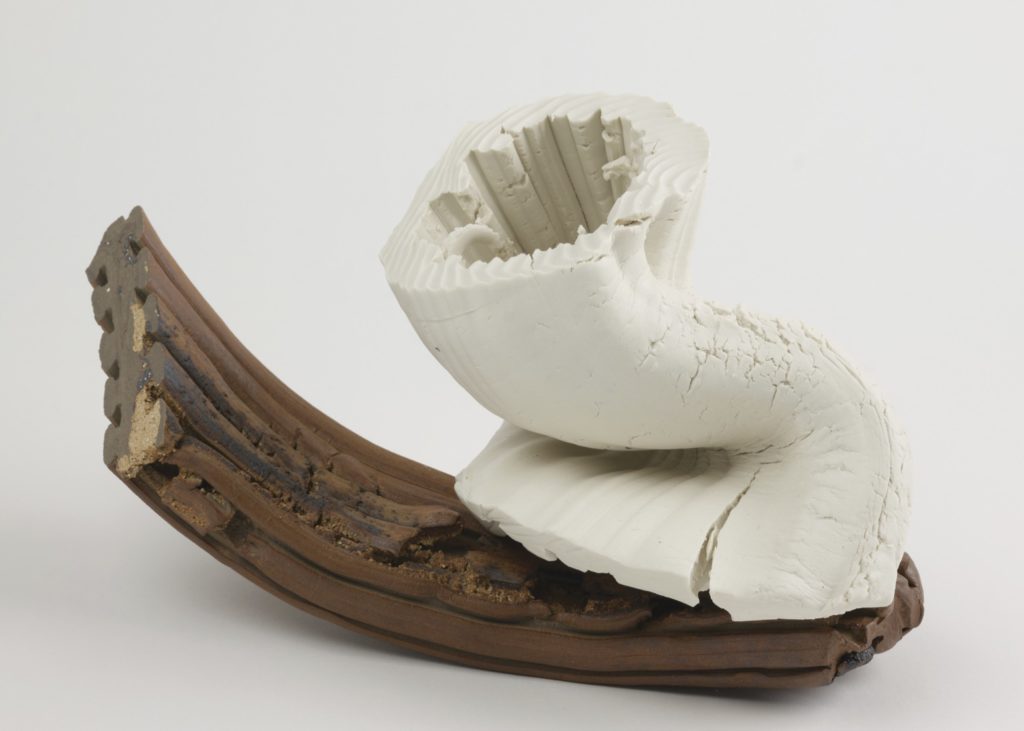
Caroline’s research has led to an exploration of the ambivalence of memory and recorded history, and her practice addresses the central destabilising factors we encounter: the expression of tension, the processing of personal and environmental grief, and the wider influence of family and societal expectation on the discovery of self.
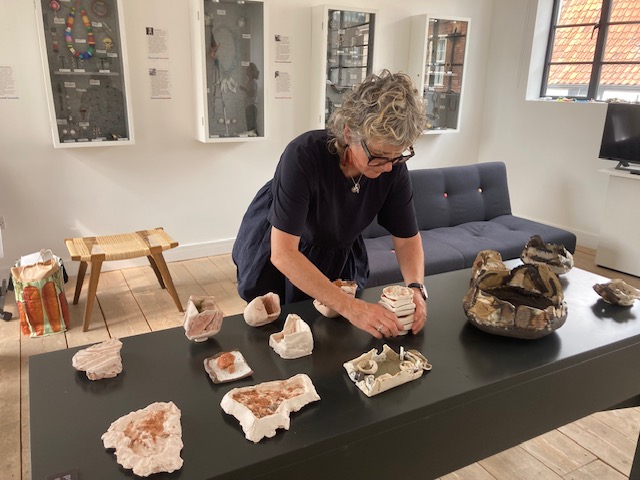
Specifically re her own development during the residency, she says:
The GroundWork Summer Residency has introduced me to such distant places around Norfolk; the unexpectedly fast-benefitting-only 6 months in the making re-directed land drains of a lake and a meandering stream that will clean up pollutant run off and slow down flood water. The rewilding of water meadows in anticipation of our rising sea levels and the re-introduction of beavers to absorb the increased quantities of water. We’ve marvelled with Tim Holt-Wilson (Norfolk Geodiversity Partnership), at the staggering beauty of the orange-iron woodland stream and the ancient in-land sea dunes, and formed a fascination with flint and the chalk quarries.
Caroline Chouler-Tissier
Our creativity fuelling a thirst for information, always running out of time, and fired up with questions.
The stone collection at the Sedgwick Museum and the incredulity at the size of their new stores at Cambridge University. So much history. So much that’s gone before.
Caroline recently graduated from the Royal College of Art with an MA in Ceramics and Glass.
Annabel Howard and Sophie Mason
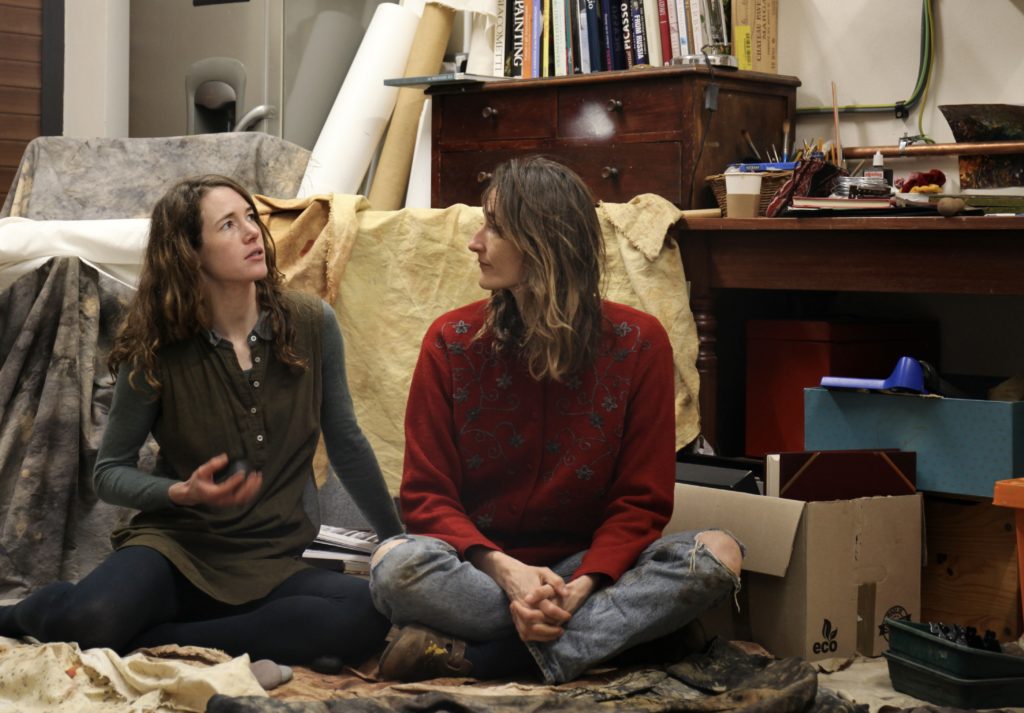
Sophie Mason and Annabel Howard work in collaboration, using a combination of visual and verbal media. Their practice is materials-based, and uses a broad range of objects, plants, and refuse gathered in local landscapes to address and challenge perceptions of the environment. They are particularly interested in the role of romanticism and nostalgia in shaping (and distorting) the narratives we tell ourselves about the natural world. Further exploring the personal and political lenses through which landscape is received—especially as mothers and as sufferers of chronic illness.
As associates Sophie and Annabel are interested in questioning what extraction means not only in regard to natural beauty and biodiversity, but in terms of stories, mythologies, and language.
Kathryn Parsons
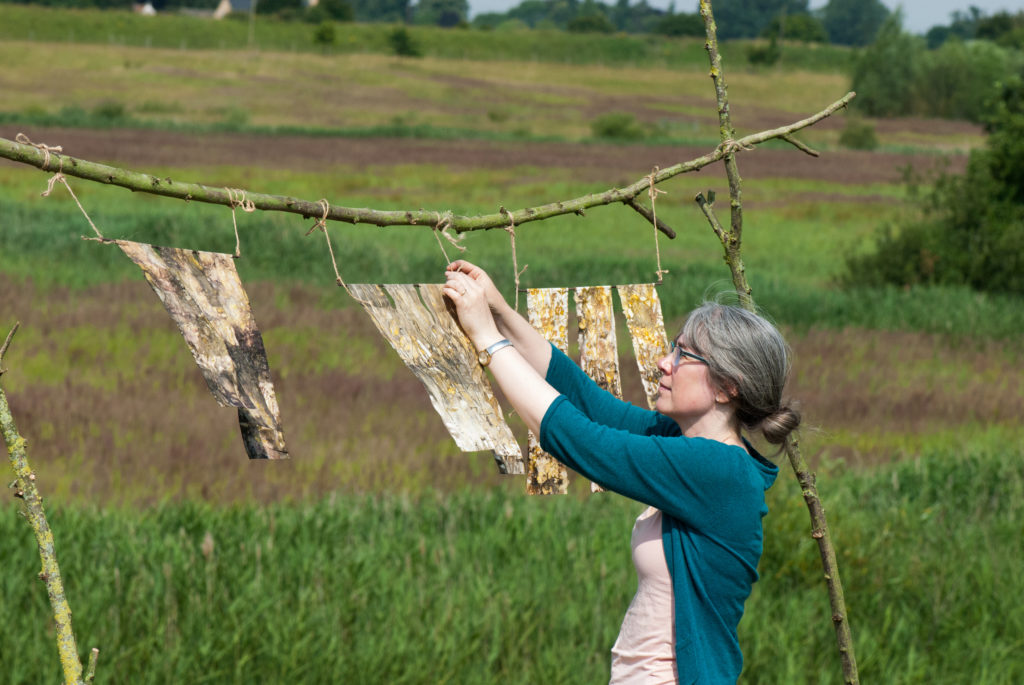
Kathryn Parsons is a visual artist based in North-West Cambridgeshire. Her work explores place, nature and histories including local quarrying, habitat restoration and belonging. Exploration takes the form of gentle processes such as; walking, mapping and reading.
She is fascinated by human relationships to storytelling and the land. Often inviting others to connect with nature and place, nurturing awareness and care about local biodiversity and environmental issues. Passionate about land restoration, she is particularly interested in the extraction involved in West Norfolk’s intensive sugar beet farming and the subsequent damage to peat.
Sophie Marritt
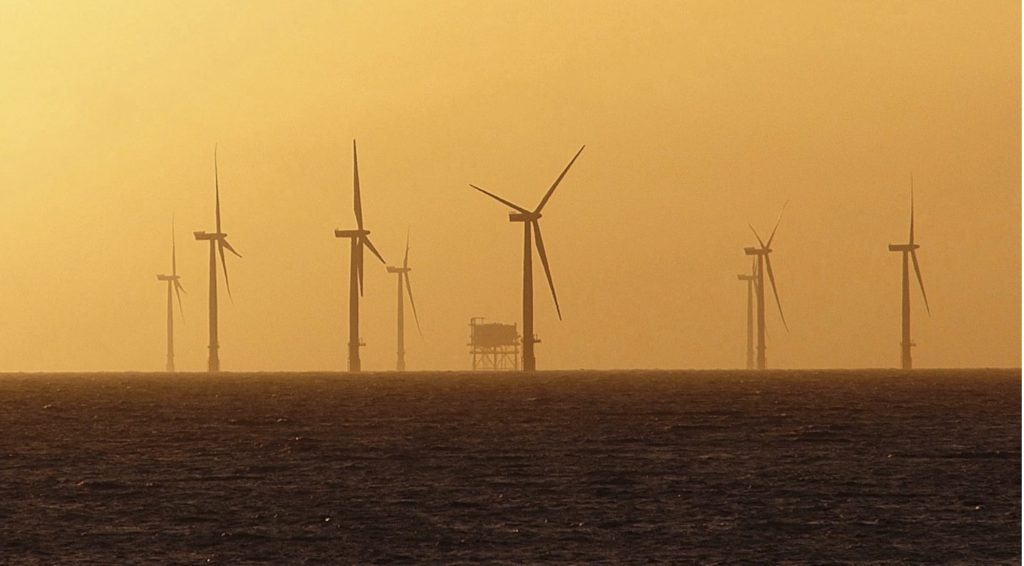
Sophie Marritt is an artist based in Norwich. She predominantly works with sound, video and photography. Engaging with and drawing inspiration from the landscape through mindful walking practices. Through a variety of mediums Sophie documents memory, nostalgia and change, in order to (re-)imagine place, time and alternative scenarios.
Her work currently investigates how Norfolk’s landscape could change in a warming climate, due to a greater demand on water supply. She is also interested in exploring themes relating to the chalk riverside landscapes and the environmental impacts of road developments on groundwater levels in Norfolk.
Jane Scobie
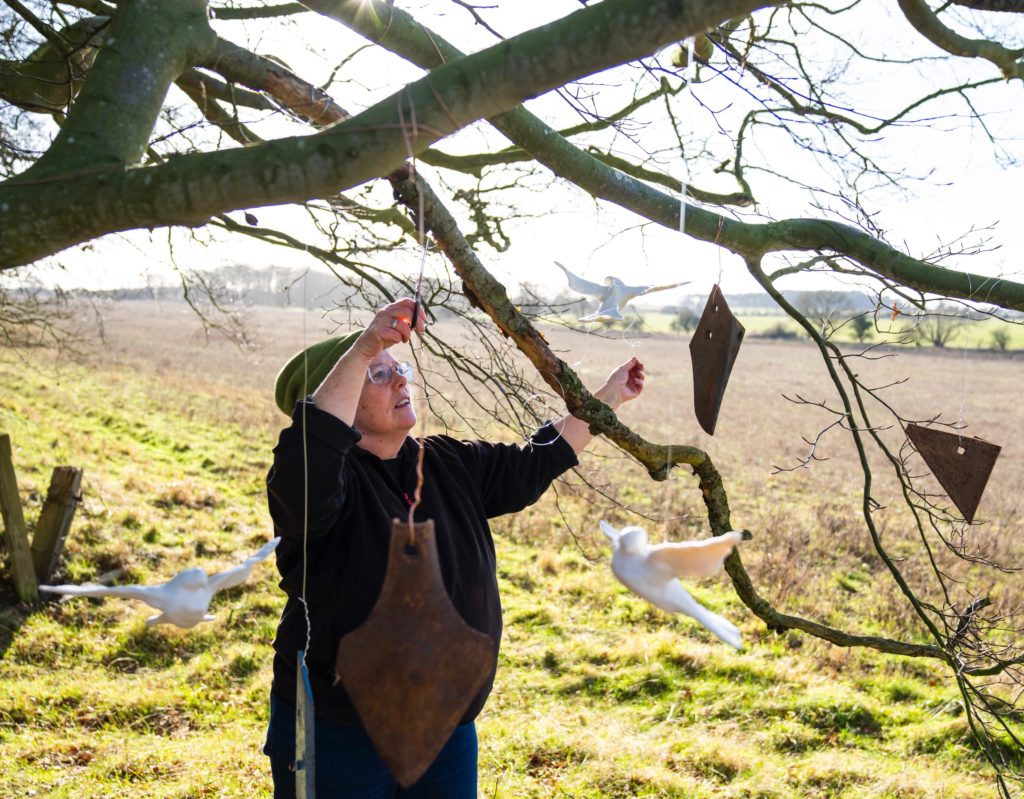
Jane Scobie is a visual artist interested in the relationship between humans and non-humans in her locality of North Norfolk. Working with a range of media, her arts practice focuses on the politics of interdependence and the currency of care. Jane explores ways of bringing this knowledge into the public realm through walking, gathering, documenting and making.
Whilst in residence Jane will be exploring the relationship between humans and marine invertebrates, and sea dredging’s impact on the environment and locality of the North Norfolk coast. Unpacking the complexity of what defines Extractivism beyond its material effects.
Jane is currently studying MA Arts and Science at Central Saint Martins.
Sedgwick Museum of Earth Sciences: Research Partnership
We have an exciting new partnership with the Sedgwick Museum, University of Cambridge, who are making their extensive collections available to us – with the additional potential for artists to create mini-vignette exhibitions in some of their historic display cases.
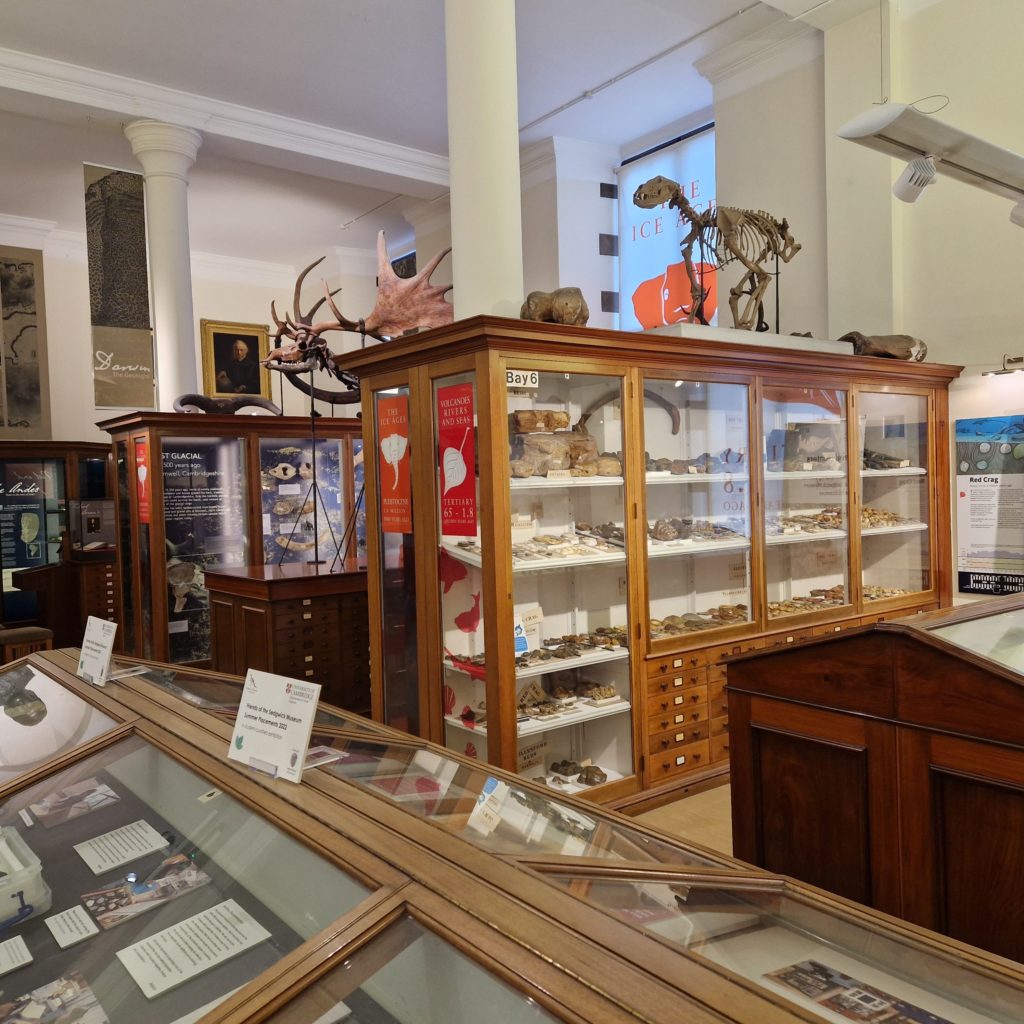
The Sedgwick museum and the Watson Collection of building stones from around the world
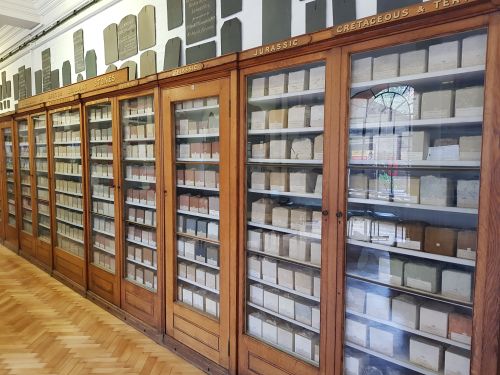
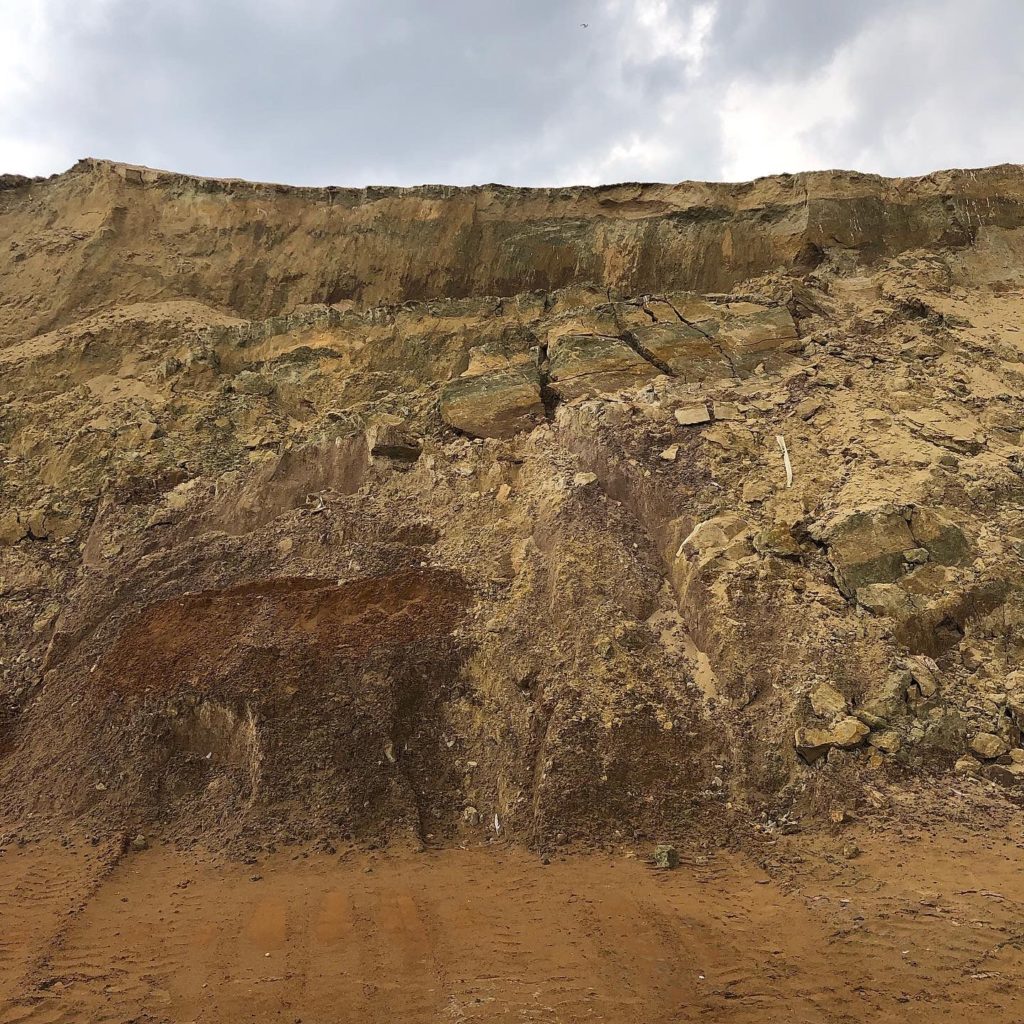
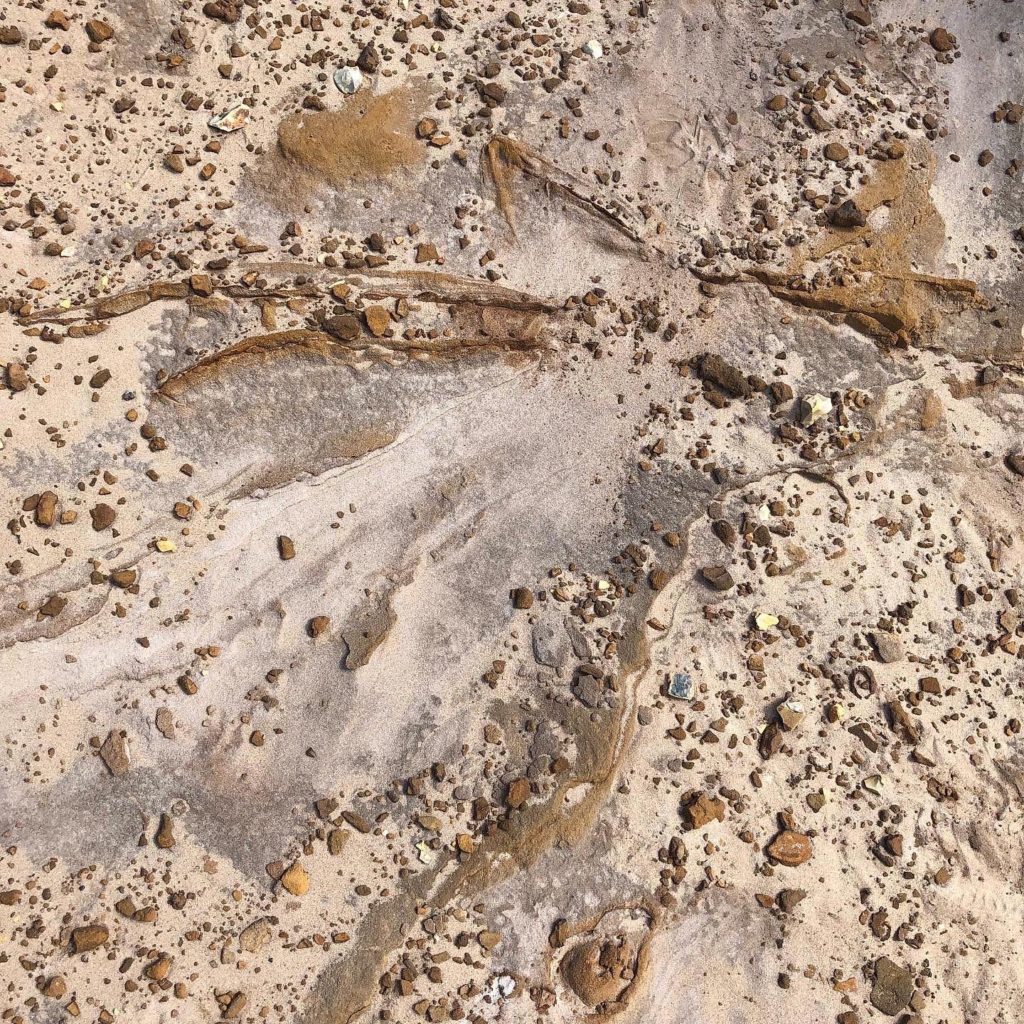
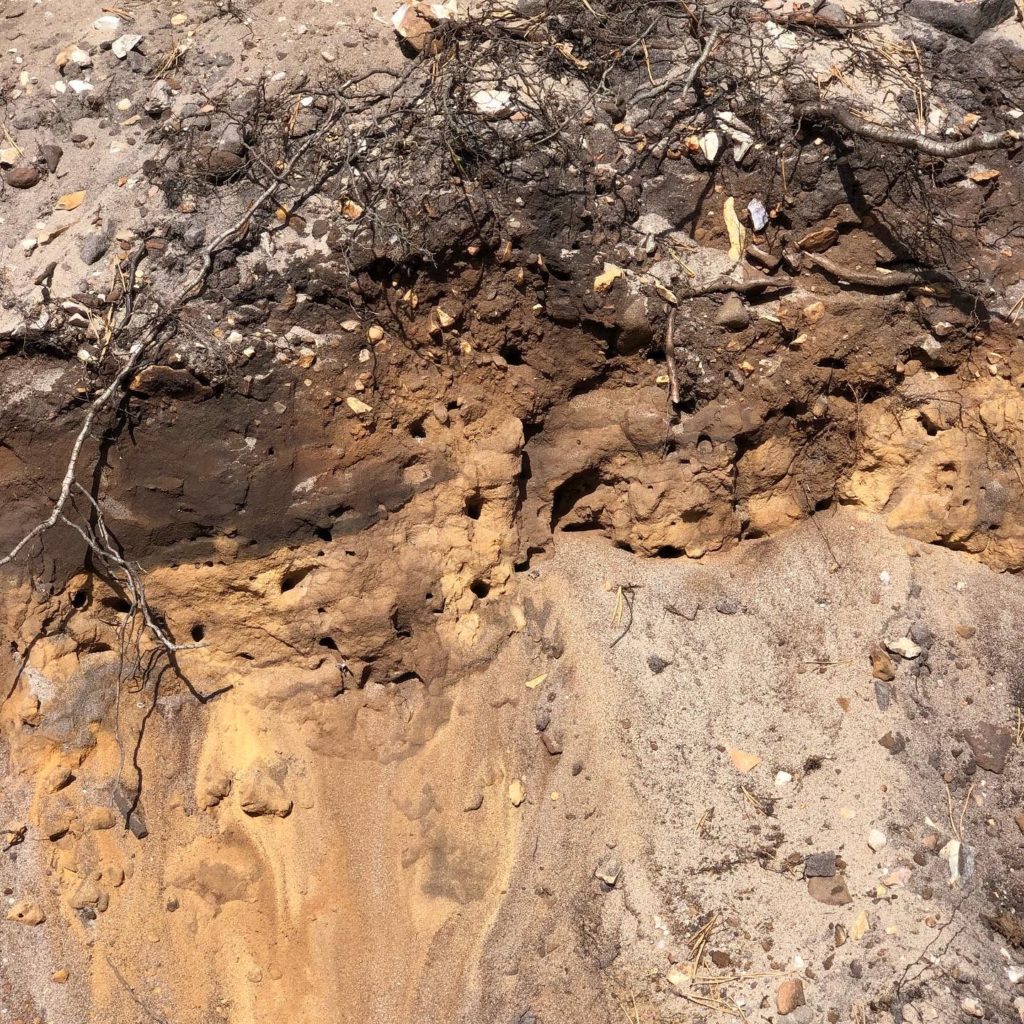
The Residency hosts: GroundWork Residency Consortium
GroundWork Gallery (host Veronica Sekules)
Facilities: open-plan self-contained apartment on the middle floor within the gallery, consisting of- live-work space, kitchen, shower-room, bed space, balcony. Self-contained but kitchen shared with the gallery during limited opening times. Clean-working studio space. Town centre location & bus and train public transport available.
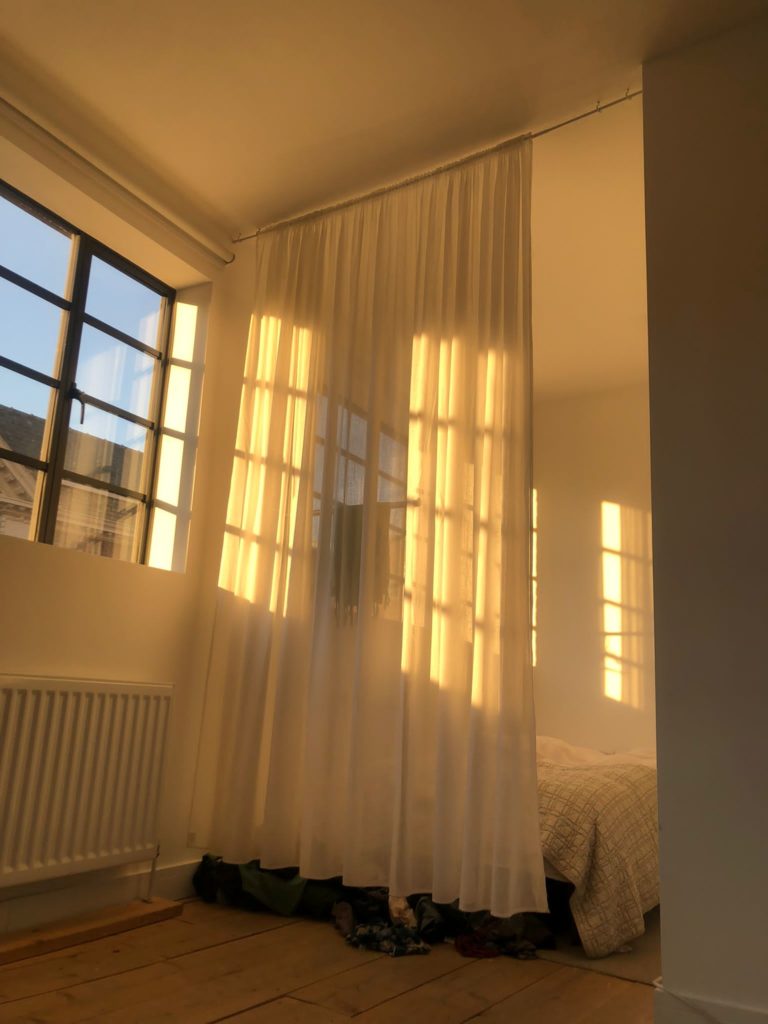
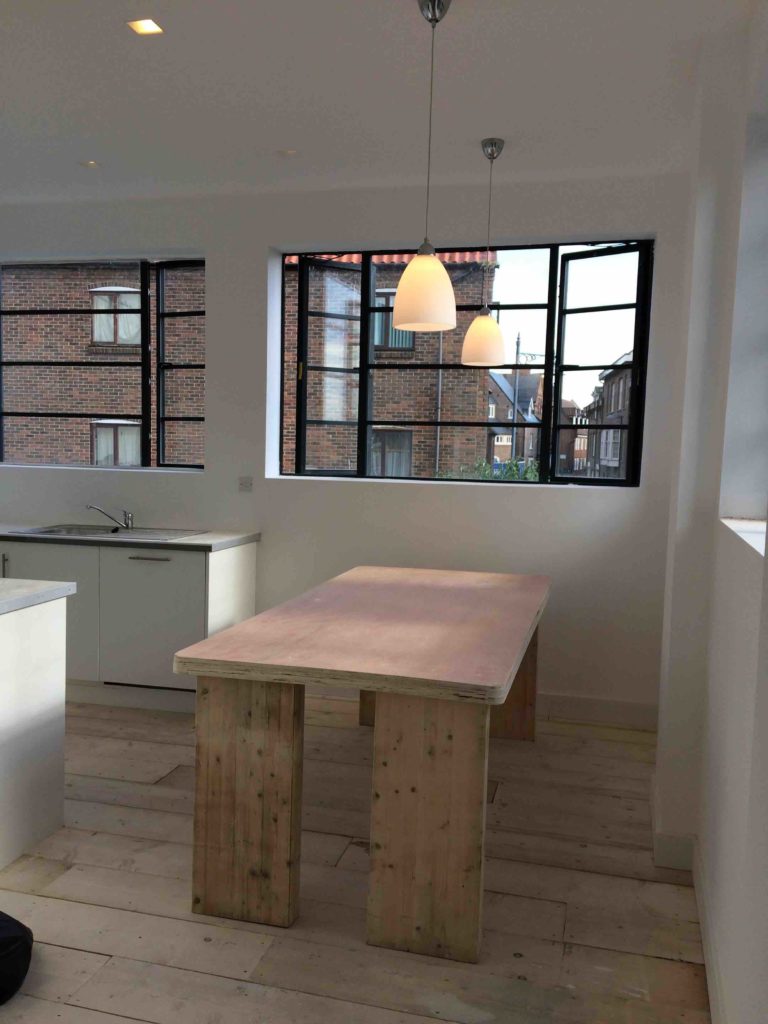
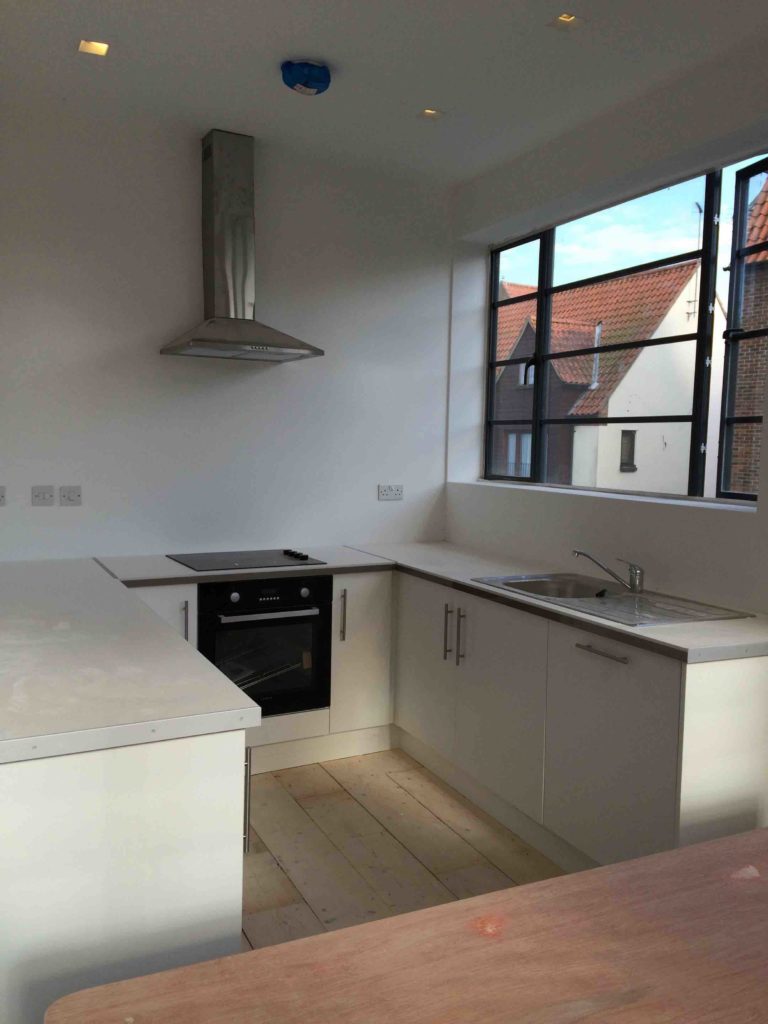
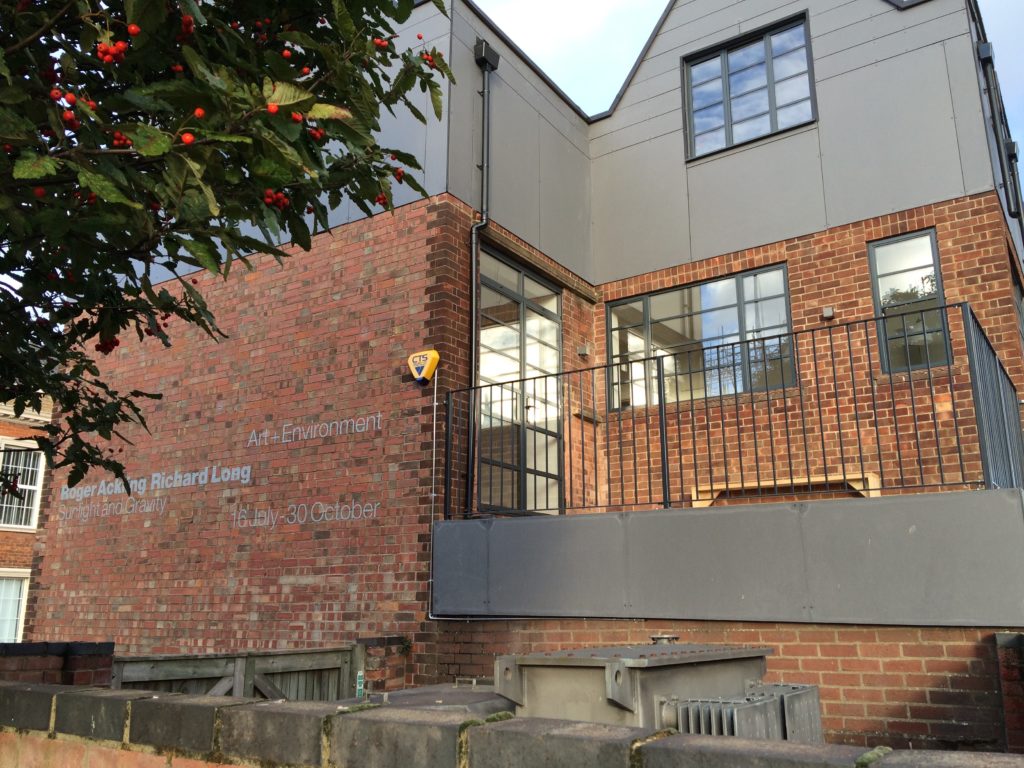
The Grange Projects, Great Cressingham (hosts John Plowman and Nicola Streeten)
Facilities: quiet location; open space grounds and landscape, and studio facilities ideal for making sculpture. Residents get a separate bedroom with otherwise communal living in a beautiful 18th century former rectory in a Norfolk village (Access to a vehicle would be advisable for off site visits/meetings. However for non-drivers help with transportation will be offered if possible.’). https://www.thegrangeprojects.org/
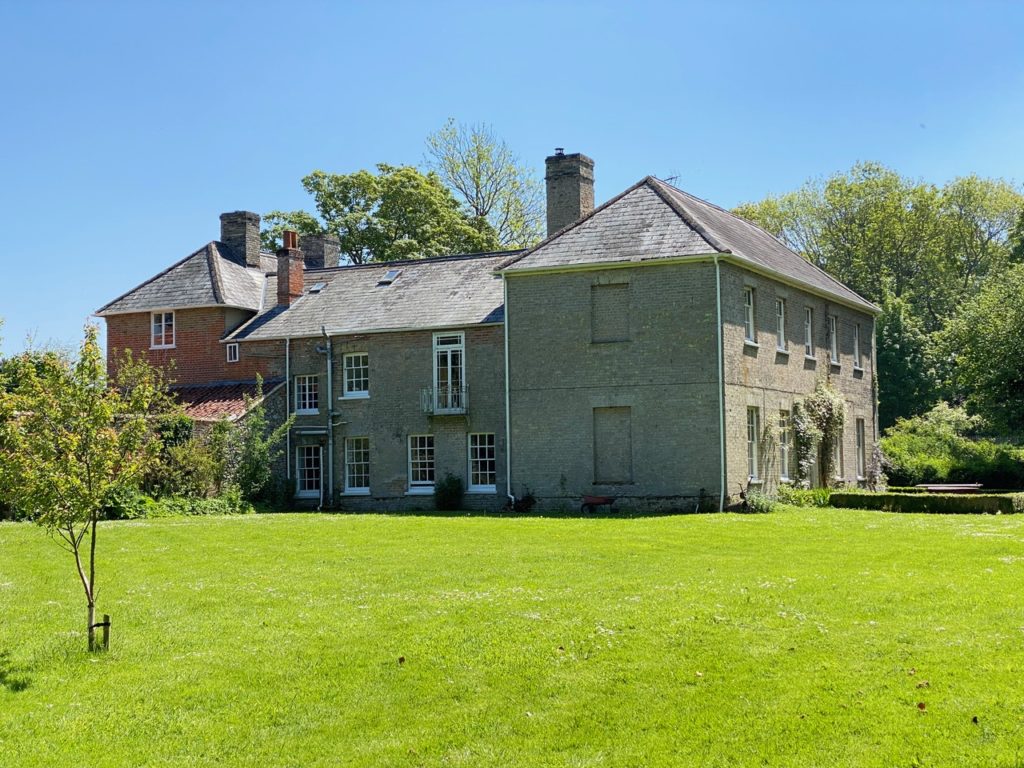
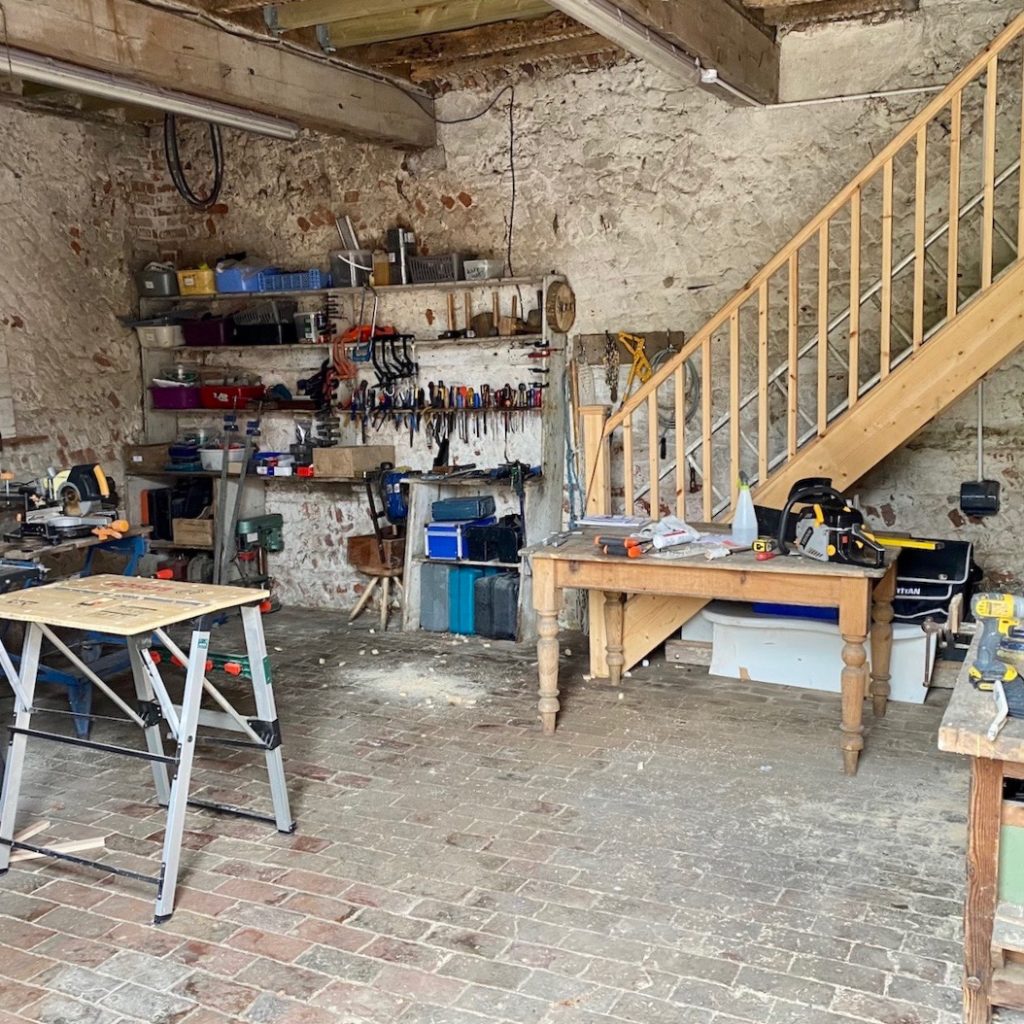
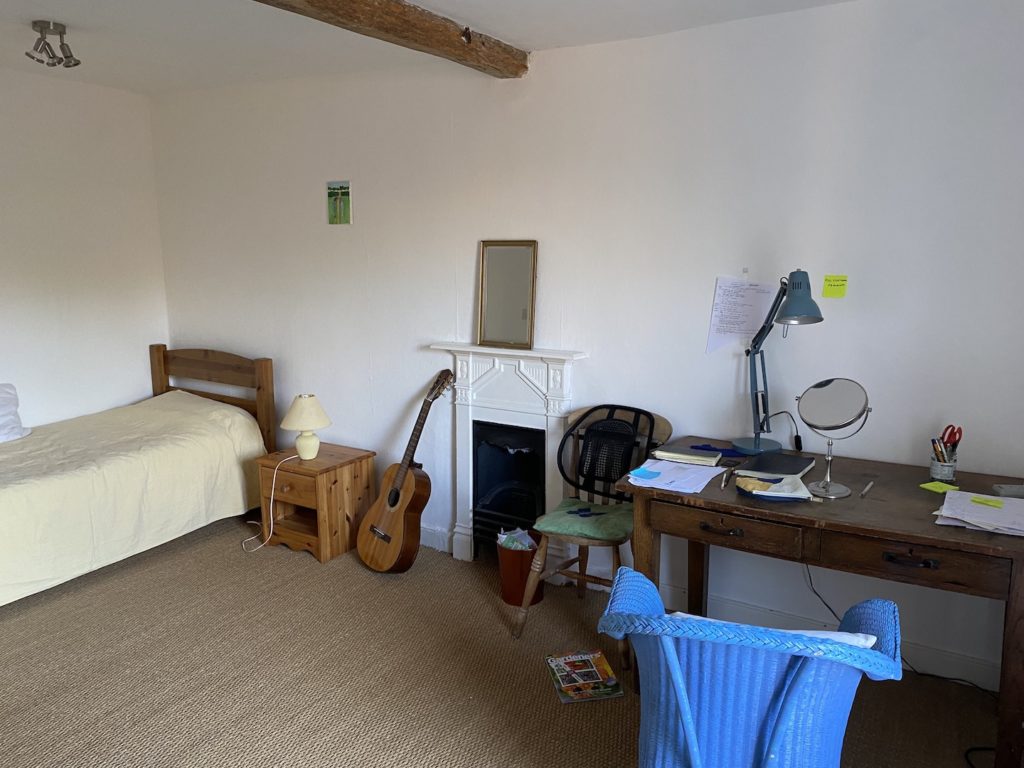
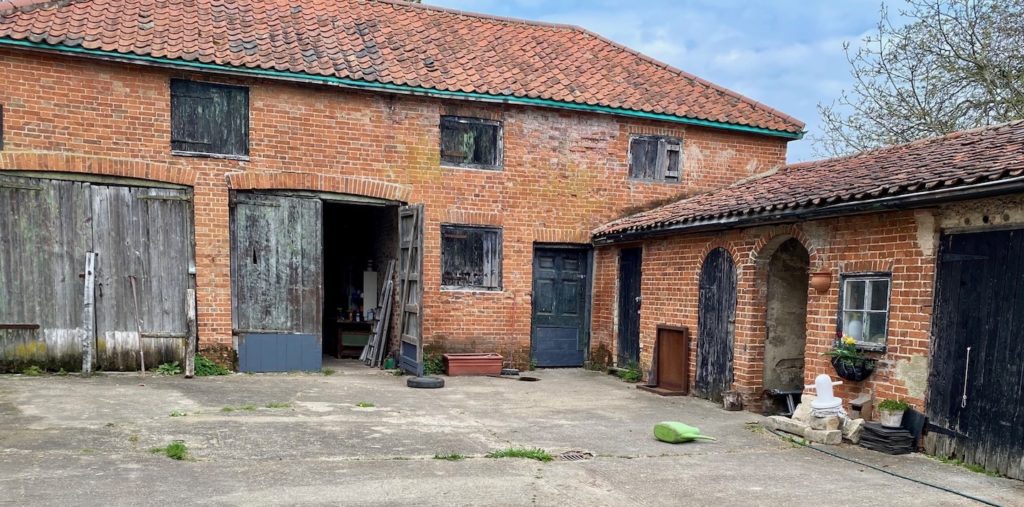
Broomhill, Reepham (host Helen Lindsay)
Facilities: self-contained studio space set within private and secluded land – a SSSI wetland at the edge of a mid-Norfolk small town. Potential to live in the studio or be hosted within the house, sharing meals. (Independent transport needed ideally – limited bus service available)
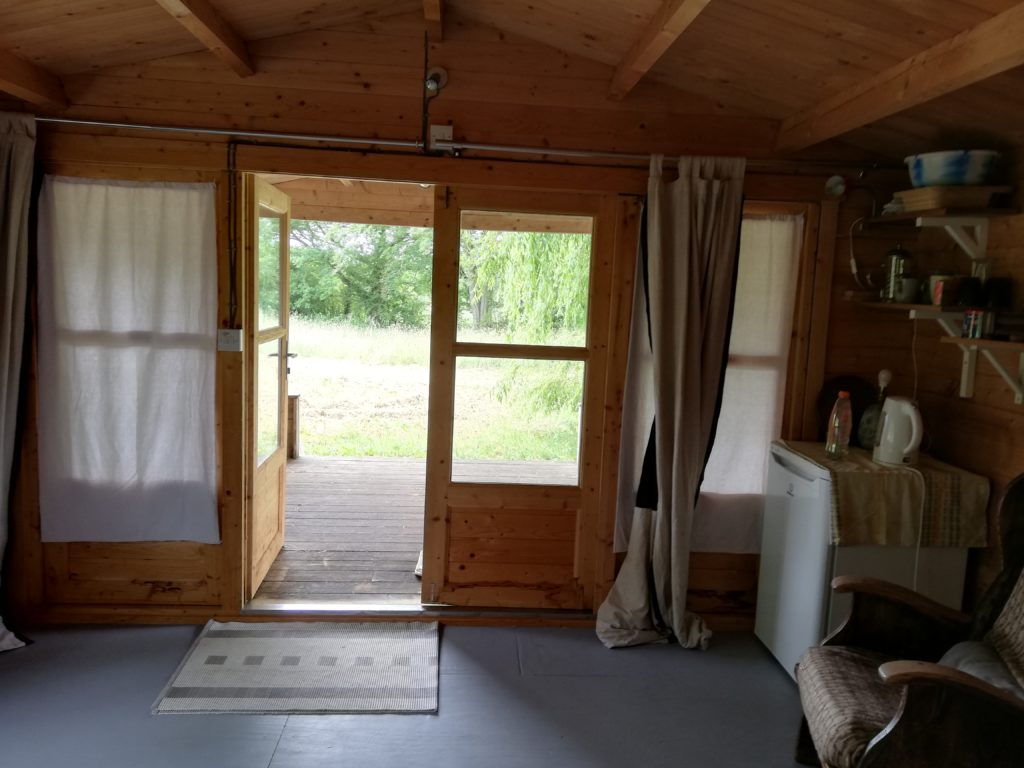
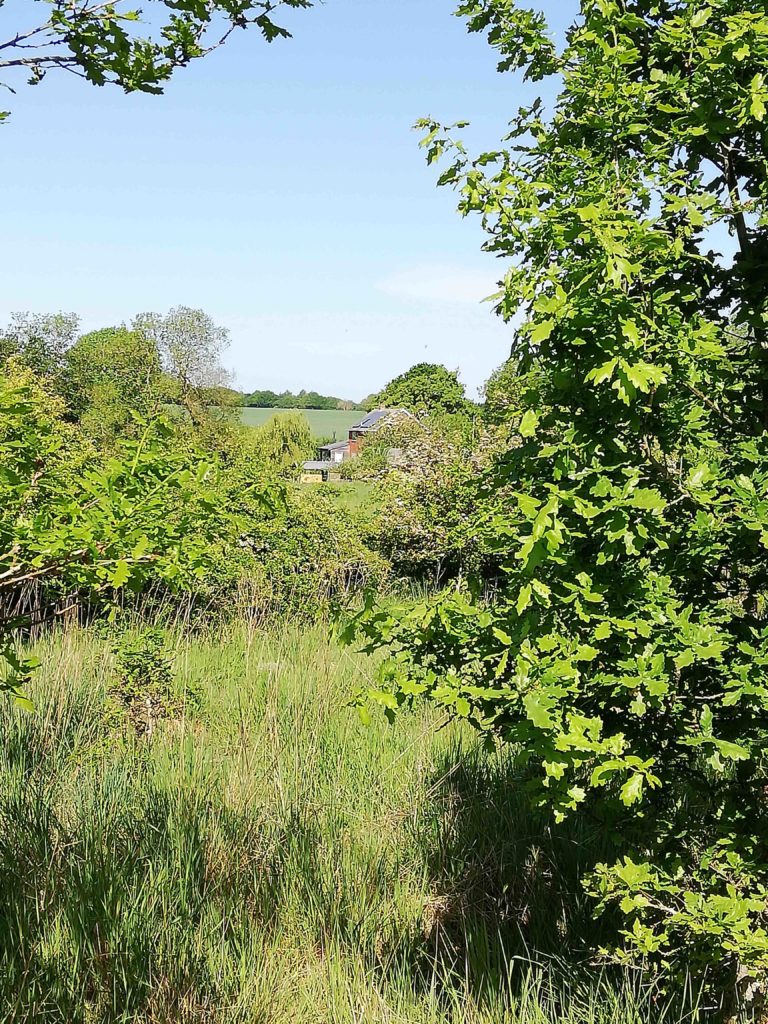
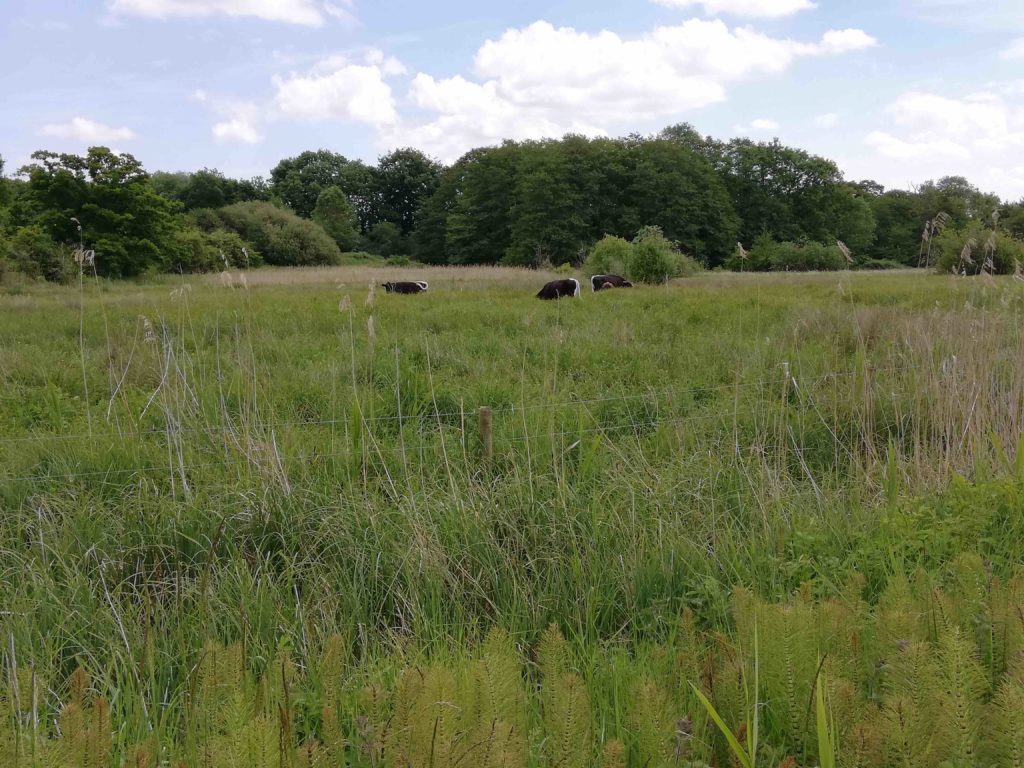
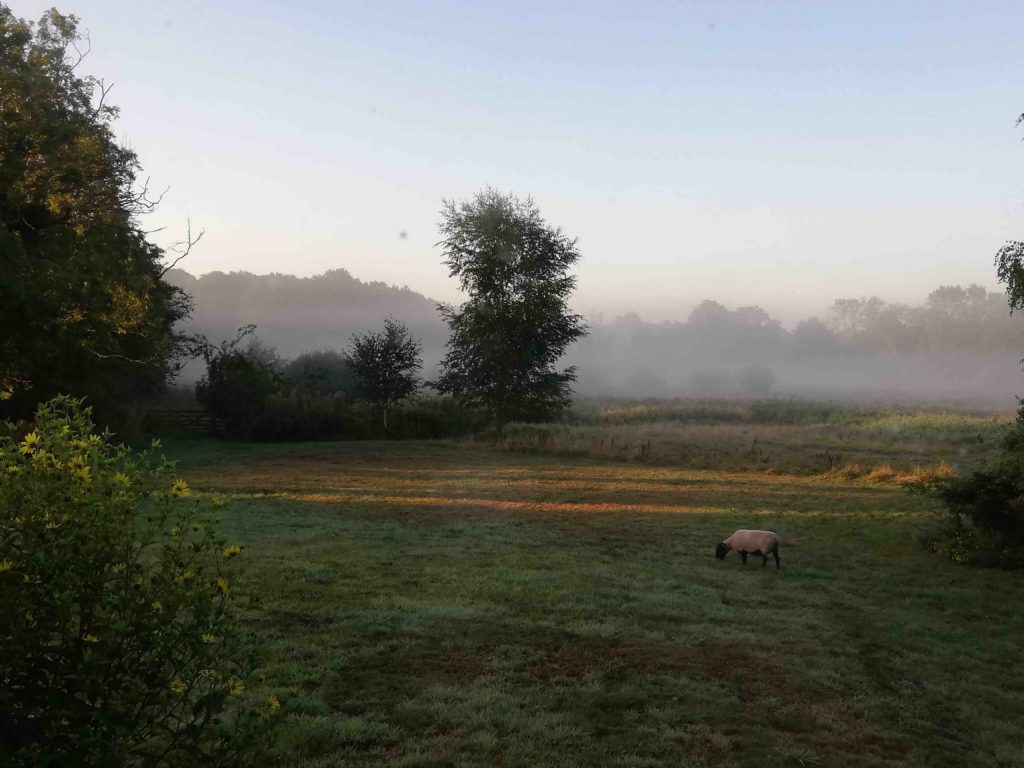
Applications are now closed and residents have been contacted
The Extraction context
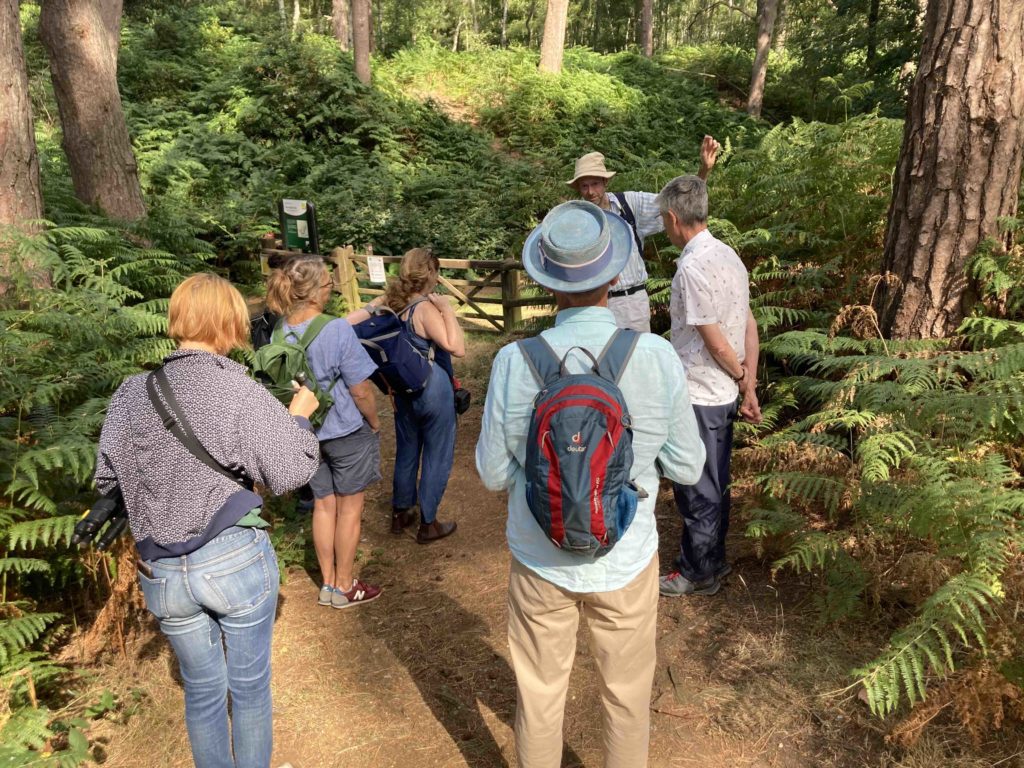
Extraction as part of a network of relations
In 2022, Anthony Powis conducted his field research largely along the north coast of Norfolk looking at dredging for aggregates and examining effects on the salt marsh landscape. He learnt about the complexities of conservation, that everything is connected and it is just not possible to isolate one aspect. One of his advisers, David North described the necessity to think like a migratory bird in terms of linked resources, interconnection rather than isolation Looking at the salt-marsh he said “ for a bird this site is one point in a network of relations…that includes atmospheric, marine, animal and telluric processes…”

Extraction as absence and presence
Extraction can happen as part of the earth’s natural processes. In some of our field trips with geologist Tim Holt-Wilson in the last two years, we have seen the results of the earth’s shifting in which have revealed extraordinary effects in the landscape.
The ebb and flow of the tide is one such phenomenon – a process of erosion and deposition:
“A wave laps onto a beach then retreats – it configures sand and shingle – then it laps again and reconfigures those materials. Each configuration is a temporary outcome of processes in matter. It is not an intentional but a circumstantial process.”
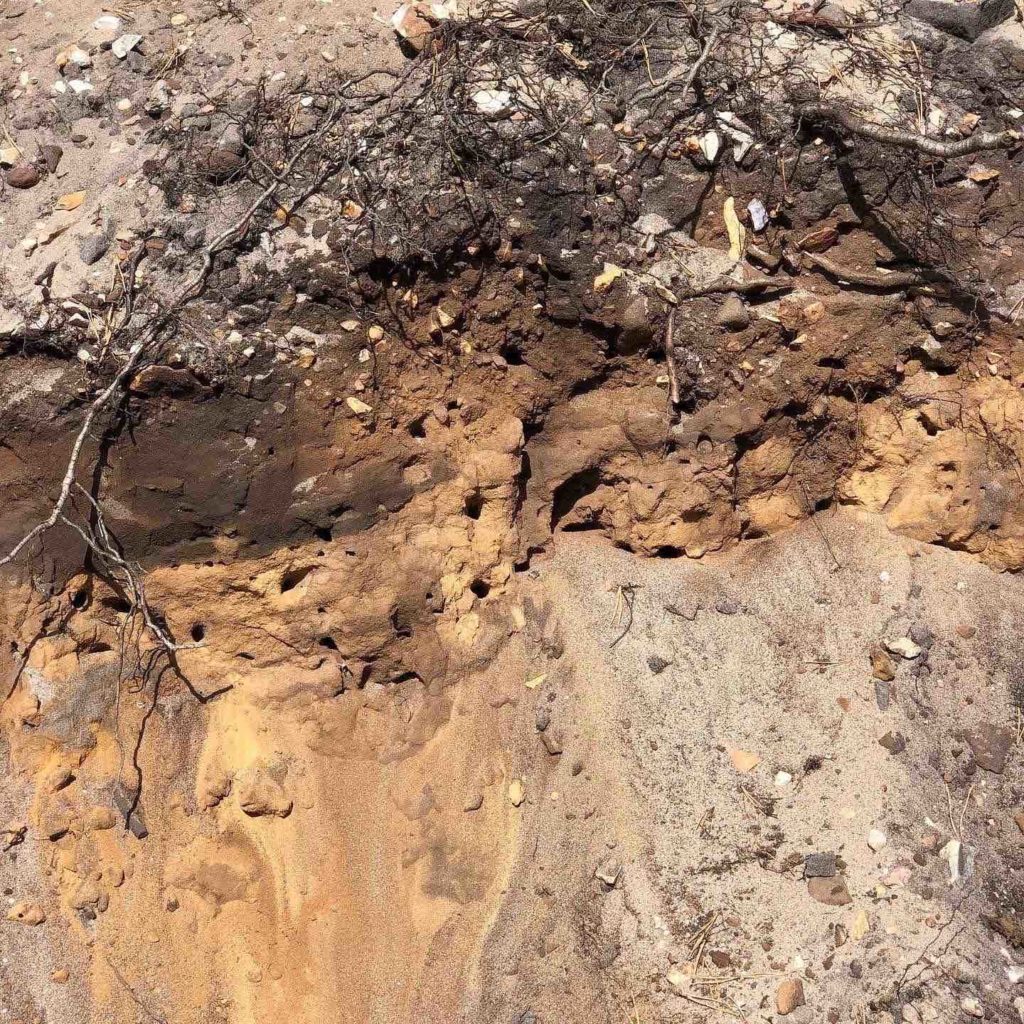
With Tim we also considered the stratigraphy of the landscape – the layers which have appeared, sometimes separated in time by thousands or even millions of years.
“strata …. are readable representations in matter of past operative processes inscribed in the environment. Strata only survive as phenomena because they have not yet been erased by erosion.”
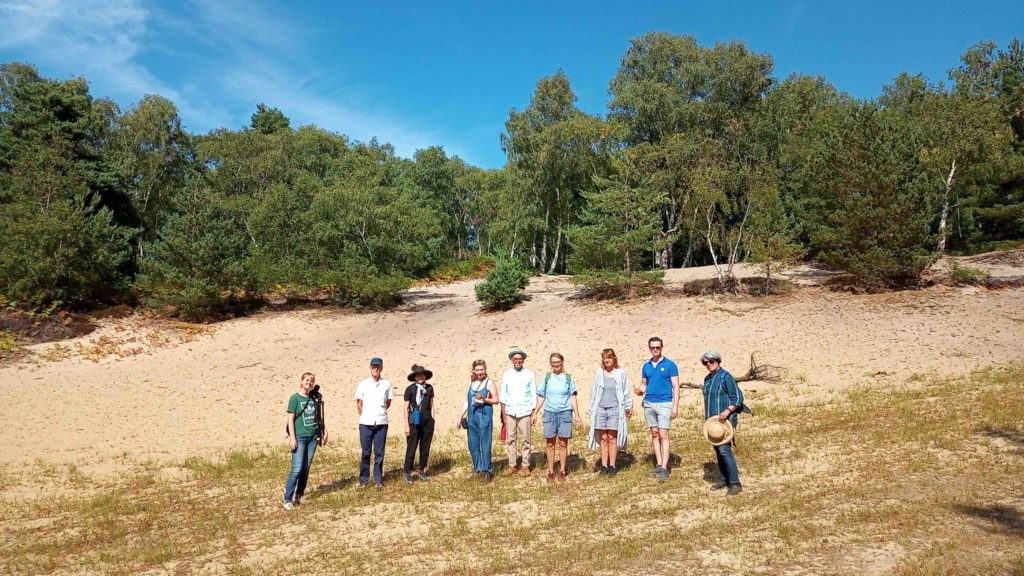

Extraction needs watching
Almost everything we live in, on and among, has one way or another been extracted – aggregate, clay, stone, slate for house-building; sands, tar and stones for roads, oil, coal, gas for heating; metals for electronics, for pipes, for jewels. Water for drinking and washing, field irrigation and gardening. It is not all bad – a lot of extraction is necessary for our lives to continue in warmth, security and comfort. But there is a lot that needs watching in case it is excessive, driven by greed, or is unnecessary or replaceable with more environmentally sustainable alternatives.
The Residency programme outline for 2023: The Ground Beneath Our Feet
All our residency hosts are in west Norfolk and we all want to remain true to our locality and enable deep engagement with it. Because of the particular geography and ecology of this part of Norfolk, our extraction studies so far have concentrated on examining exactly that: the local landscape and its resources. To date, during 2021 and 2022, we concentrated on those which have provided industry, such as aggregate, sand and stone digging and dredging, and in 2022 we began to look at peat. Last year we looked at losses created by extraction, and gains in terms of restoration.
Outline of suggested subject areas
While resident artists will have the opportunity to work on local and/or global issues in connection to extractivism, the most value would be gained for the resident by continuing to explore extraction issues local to Norfolk, especially the Coastal areas and the Fens. These include peat digging and cultivation and its consequences; quarrying of chalk, flint, aggregates, silica sand, dredging of the sea, or any other pertinent subject. As guidance, we have highlighted the two polarising themes we discovered last year. The loss to the land in extracted minerals, and the gains in terms of restoration afterwards. There are many other issues ripe for exploration, such as the biodiversity gains and losses, the applications for the excavated materials, the technology employed in processes and the overall carbon footprint. There is much to consider in terms of land-use, farming, water. We are open to proposals involving geology, archaeology and/or the built environment.
Potential support and advice can be provided for local extraction sites and issues by a multi-disciplinary study group, including Norfolk Geodiversity and Norfolk Coast Partnership quarry directors and workers & the GroundWork Residency Consortium. Our aim is to create a hospitable art-and-environment-focused network between us of resident artists, past and present, hosts, associates and advisers, so that together we can strengthen our practice and have a growing effect on the way we see the environment and its resources around us.
